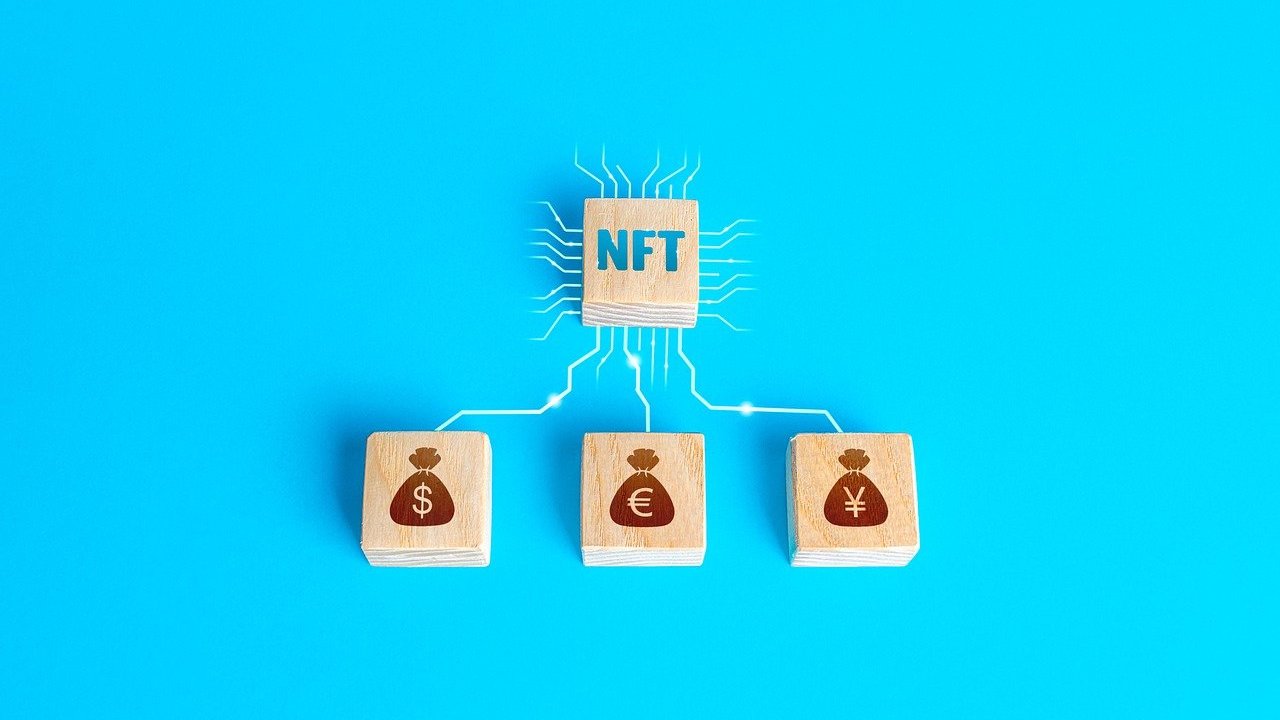NFTs
NFTs Are the Most Misunderstood Financial Advancement in History (Part 1)
If you’ve noticed the term “NFT” coming up more, you’re not alone. From Beeple’s now-famous $69 million NFT artwork to Jack Dorsey’s $2.9 million tweet, NFTs are popping up just about everywhere.
Over the past few months, non-fungible tokens, also known as NFTs, have burst into the public consciousness, expanding and even challenging our collective understanding of digital ownership. NFT refers to the perceived value of any particular collectible or investible item, but the value of each NFT is in the eye of the beholder, and NFTs can be bought or sold based on what others are willing to pay for it. NFTs connect the physical and virtual worlds by leveraging the best of what blockchain has to offer.
So, for the skeptics or even the investors that think that NFTs are a fad that will boom and/or bust, or even a bubble that’s bound to burst, I’ve got news for you. NFTs are here to stay and will become second nature to all of us in just a few years. Instead of the phrase, “There’s an app for that,” we’ll all be saying, “There’s an NFT for that” soon enough.
We’ve got NFTs all wrong
A “bubble” in an economic context, generally refers to a situation where the price for something—an individual stock, a financial asset, or even an entire market sector—exceeds its fundamental value by a large margin. Just by definition, an NFT bubble is impossible because the value of each NFT is solely based on the value of the item it represents. NFTs are not actually a defined asset or form of cryptocurrency.
So what exactly is an NFT? A unique token conceived on the blockchain, an NFT is governed by blockchain-based smart contracts, and transfers of ownership are written into the blockchain. The uniqueness of each non-fungible token is defined by the information stored in the token’s metadata, including a token ID that points to an image, artwork, web domain, or any valuable digital resource.
Contrary to popular belief, NFTs are not actually cryptocurrency or a form of money, but instead, they represent what they were created for as a digital certification of the value of an item that lives on the blockchain. Instead of long, extensive and complex paper trails that go along with transactional ownership of a variety of items, NFTs create digital contracts, proof of ownership, proof of authenticity, certification, as well as information about the item and business rules related to the item, that attach to that item throughout its lifespan, defining what the item actually is and its value over time.
To put it plainly, an NFT is an untampered and tamperproof certificate of authenticity and ownership. Currently, the art market has fully embraced NFTs. But, while digital art, virtual gaming assets and virtual collectibles may have been the first use cases, they will certainly not be the last. The expansion of NFTs in other areas of the “collectible” marketplace is already happening, including music, video games and more.
This is all new and exciting, but only scratches the surface of what NFTs can do and how they can be used.
What does the future hold for NFTs?
NFTs are moving digital assets into the public imagination, but if they are to become the onramp for more mainstream adoption of blockchain-based systems, they need to prove that they can earn users’ trust and evolve.
Right now, NFTs are static and mainly represent digital collectibles, but we’ll eventually move to a phase where NFTs become dynamic and exist, evolve and update in real-time with the item they represent throughout its lifespan. There are so many real-world goods and processes out there that could be represented as dynamic NFTs to build a new class of auto-updating assets that are more fluid, data-driven and accessible.
NFTs are fairly popular in the art world, and a lot of people think that art is one of the only use cases when there are actually a plethora of use cases out there. The utility of NFTs goes far beyond artwork, collectible trading cards and the gaming industry. For example, governments can issue fraud-proof digital passports connected to NFT counterparts on the blockchain.
Land deeds and property ownership can be represented on-chain as NFTs that are automatically appraised in real-time. A digital trading card for a soccer player could include performance stats like goals scored and automatically update the stats in real-time during the player’s live game. NFTs could also be created for luxury or rare automobiles to represent exchanges of ownership and value in real-time over the lifespan of the vehicle. NFTs can be sold as silent auction items, along with the standard sports tickets, flights and luxury hotel stays. And NFTs can help protect intellectual property rights by enabling the creator’s IP to be traced to the digital asset.
NFTs are truly the next safety deposit box. For decades, people have trusted banks to keep their most valuable items in an air tight, fireproof box that requires a physical key or sometimes a code to enter. But the NFT is the safety deposit box of the 21st century and beyond. Rather than a physical box, the NFT can be a digital box that represents any and all of a person’s most precious collectables and documents, including wills, testaments, jewelry certification and ownership and important financial documents.
Part Two of this article can be viewed here.





